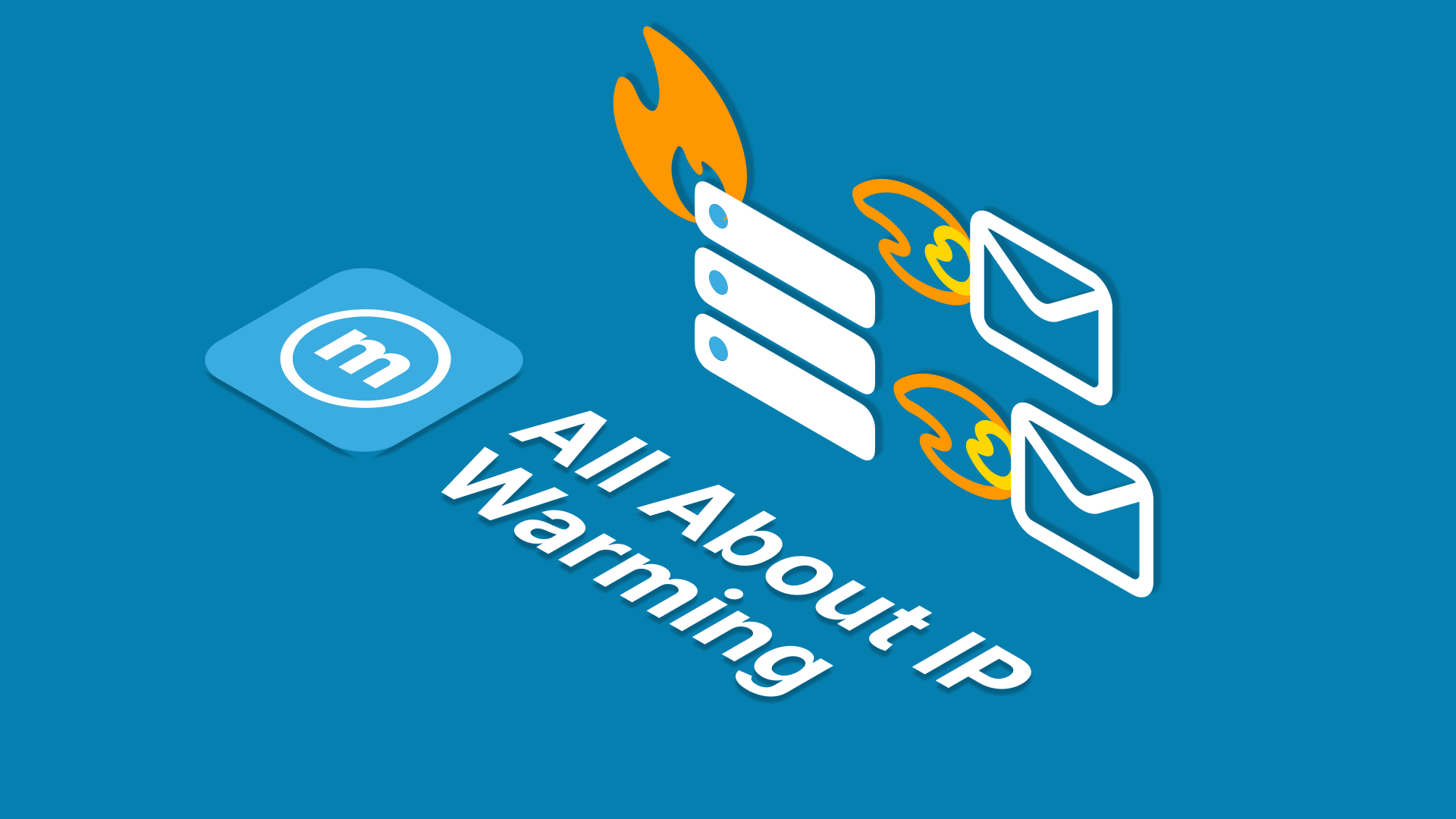IP Warming: Definition, Benefit, and How It Works

In the fast-paced world of online marketing, email remains a powerful tool for reaching and engaging customers. However, ensuring your emails reach their intended destination can be a challenge. This is where IP warming comes in.
What is IP Warming?
IP warming is a gradual process used by email marketers to establish a positive reputation for a new IP address used to send marketing emails. When a sender creates a new IP or begins sending emails from an inactive or unused IP address, there's a risk of being flagged as spam due to the lack of a sending history.
To mitigate this risk, IP warming involves gradually increasing the volume of emails sent from the new IP address over a period of time. It allows internet service providers (ISPs) and email inbox providers to recognize the IP as a legitimate sender with genuine recipient engagement, thereby avoiding being marked as spam.
During IP warming, the sender typically starts by sending a small volume of emails to engaged and opted-in recipients. Over several days or weeks, the volume gradually increases, allowing ISPs to monitor the sending behavior and assess the quality of emails being delivered.
This gradual increase helps establish a positive sender reputation, improving email deliverability and ensuring that the emails land in recipients' inboxes rather than being flagged as spam. Ultimately, IP warming is a strategic process aimed at building trust with ISPs and establishing a sender's credibility to enhance email deliverability and engagement.
Why Do You Need IP Warming?
IP warming is essential for establishing a positive sender reputation when using a new or inactive IP address for sending marketing emails. The process is crucial for several reasons:
1. Avoiding Spam Filters
When emails are sent from a new or inactive IP address without a warming process, they are more likely to trigger spam filters. IP warming gradually introduces the IP address to ISPs, demonstrating that it's a legitimate sender with authentic engagement. This helps prevent emails from being marked as spam and increases the chances of landing in recipients' inboxes.
2. Building Sender Reputation
ISPs monitor the behavior of new IPs to determine their legitimacy and trustworthiness. IP warming allows the sender to gradually establish a positive reputation by demonstrating consistent sending practices, engagement with recipients, and adherence to email best practices. This reputation is crucial for ensuring better email deliverability in the long run.
3. Enhancing Deliverability
A strong sender reputation is fundamental to email deliverability. By gradually increasing email volumes and demonstrating responsible sending behavior, IP warming improves the chances of emails reaching recipients' inboxes rather than being filtered out or sent to spam folders.
Overall, IP warming is a strategic approach to earn the trust of ISPs, improve email deliverability, and ensure that marketing emails reach their intended audience effectively. It's a vital step in maintaining a healthy sender reputation and maximizing the success of email marketing campaigns.
How Does IP Warming Work?
IP warming is a gradual process that involves systematically increasing the volume of emails sent from a new or inactive IP address over a specified period. Here's a step-by-step breakdown of how it works.
1. Start with a Low Volume
Initially, you begin by sending a small volume of emails from the new IP address. This volume is typically significantly lower than your intended regular sending volume. It allows you to gauge the response and interaction of recipients while minimizing the risk of triggering spam filters.
2. Gradually Increase Sending Volume
Over several days or weeks, gradually ramp up the volume of emails being sent. This incremental increase might follow a predetermined schedule, doubling or increasing the volume by a certain percentage each day or week. The pace of the increase depends on factors like the volume of your email list and your sending practices.
3. Monitor Engagement Metrics
Throughout the warming process, closely monitor engagement metrics such as open rates, click-through rates, and spam complaints. This helps assess how recipients are interacting with your emails and allows for adjustments to the warming schedule if needed.
4. Maintain Best Practices
Adhere to email best practices during the warming process. This includes sending relevant content, ensuring proper authentication (like SPF, DKIM, and DMARC), and maintaining a clean email list with engaged subscribers.
5. Continue the Gradual Increase
As the volume gradually increases, continue to observe recipient engagement and adjust the sending volume accordingly. The goal is to steadily acclimate the new IP address to ISPs, demonstrating consistent and responsible sending behavior.
6. Reach Full Sending Capacity
Once the IP address has gone through the warming process and reached the intended sending volume, it should have established a positive reputation with ISPs. At this point, you can confidently send emails at your regular volume without risking being flagged as spam.
By systematically increasing the email volume and closely monitoring recipient engagement, IP warming helps new or inactive IP addresses build trust with ISPs, establish a positive sender reputation, and improve deliverability for marketing emails.
Please explore for yourself to see exactly what kind of services we offer. You can learn other things about SMTP here. Or sign up to try our Sandbox.
(V.V)

